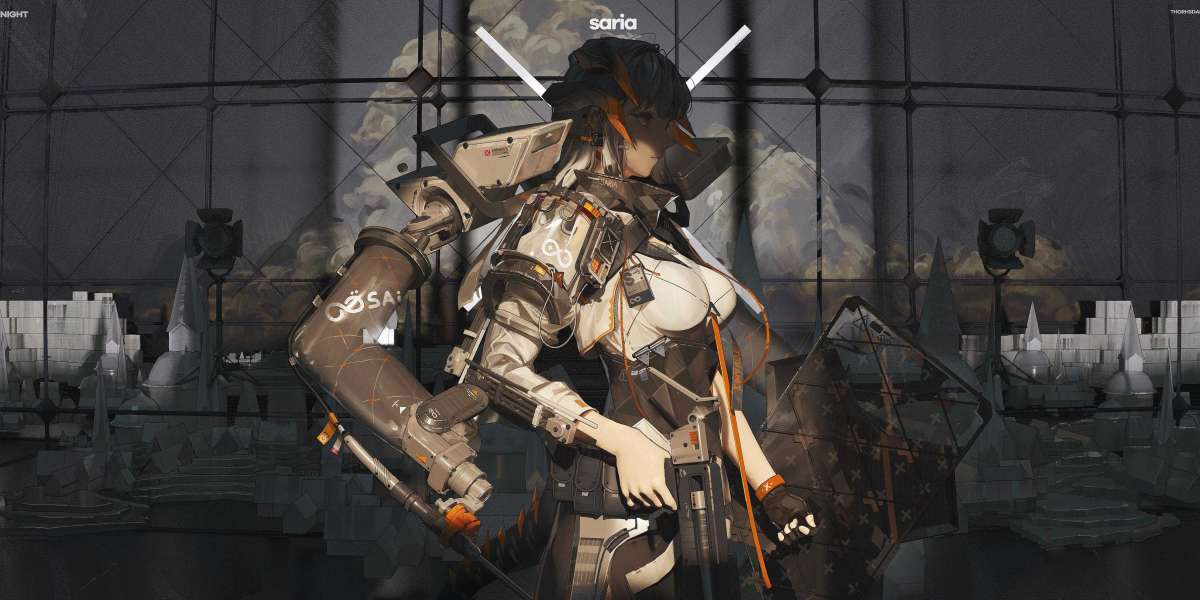Theatre productions have undergone a remarkable transformation over the centuries. From the ancient Greek tragedies to contemporary immersive experiences, the evolution of theatre reflects societal changes, technological advancements, and artistic innovations. This article delves into the rich history and future of theatre productions, highlighting key developments and trends.
Theatre Productions in Ancient Times
In ancient times, theatre productions were primarily religious and communal events. The Greeks pioneered this art form, creating structured plays that explored complex themes such as morality, fate, and the human condition. Notable playwrights like Sophocles and Euripides laid the groundwork for narrative storytelling in theatre. These early productions were characterized by:
- Choral performances that engaged the audience.
- Use of masks to convey different characters.
- Open-air amphitheaters that enhanced acoustics.
How did these elements influence modern theatre? The foundational aspects of storytelling and audience engagement remain central to theatre productions today.
The Renaissance and the Birth of Modern Theatre
The Renaissance marked a significant turning point in theatre productions. This era saw the emergence of professional theatre companies and the introduction of new genres, such as comedies and tragedies. Playwrights like Shakespeare revolutionized the art form by incorporating complex characters and intricate plots. Key features of this period included:
- The use of elaborate sets and costumes.
- Increased focus on character development.
- Integration of music and dance into performances.
As theatre productions evolved, they began to reflect the cultural and political landscapes of their time, paving the way for diverse storytelling methods.
Theatre Productions in the 20th Century
The 20th century brought about radical changes in theatre productions, influenced by movements such as realism and expressionism. Playwrights like Anton Chekhov and Tennessee Williams explored the depths of human emotion and societal issues. This era introduced:
- Innovative staging techniques, including minimalism.
- Experimental theatre that challenged traditional narratives.
- Multimedia elements that enhanced storytelling.
What impact did these innovations have on audience perceptions? They encouraged viewers to engage with the material on a deeper level, fostering a more interactive experience.
The Future of Theatre Productions
Today, theatre productions are more diverse than ever. The integration of technology, such as virtual reality and augmented reality, has opened new avenues for storytelling. Productions now often blend various art forms, creating multidisciplinary experiences that captivate audiences. Key trends include:
- Interactive performances that invite audience participation.
- Global collaborations that bring diverse cultural perspectives.
- Environmental sustainability in set design and production practices.
As we look to the future, the potential for theatre productions to evolve further is limitless. The blending of traditional and modern techniques will likely continue to shape the landscape of this dynamic art form.
For those interested in exploring the latest trends in theatre productions, consider visiting for more insights.
Conclusion
Theatre productions have come a long way from their ancient origins. As they continue to evolve, they reflect the complexities of human experience and the changing world around us. Whether through classic plays or modern multidisciplinary experiences, theatre remains a vital form of artistic expression that resonates with audiences globally.








